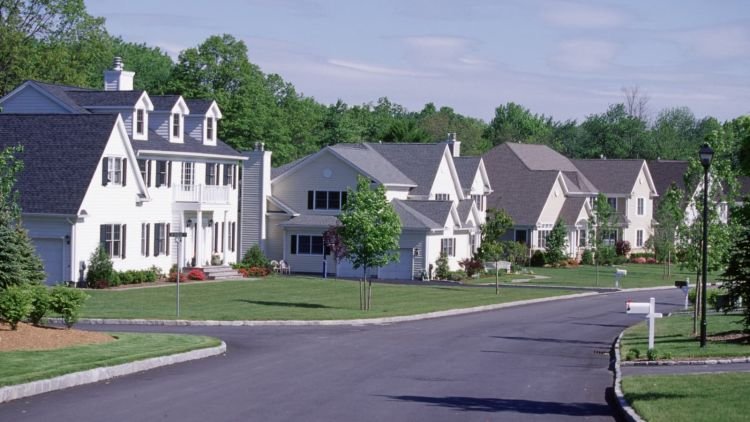Leaving the fast-paced rhythm of New York City for the quieter streets of suburbia is more than just a change of address—it’s a complete shift in pace, priorities, and daily routines. Whether you’re relocating for work, family, or simply seeking more space, long distance moving from NYC requires thoughtful planning and emotional readiness to make the transition as smooth as possible.
Embrace the Shift in Environment
One of the most noticeable differences between urban and suburban living is the environment itself. Gone are the towering skylines, late-night convenience, and densely packed neighborhoods. In their place are wider streets, larger homes, and a slower tempo. Before you move, spend time researching your future community. Visit local parks, check out the school systems, and explore nearby amenities to familiarize yourself with your new surroundings.

Rethink Your Daily Routine
Living in the city often means walking everywhere, relying on public transportation, and having countless options at your fingertips. Suburban areas, by contrast, tend to be car-dependent. This might mean adjusting your commute, shopping habits, or fitness routine. Consider investing in a reliable vehicle and reevaluating your schedule to accommodate longer travel times and less spontaneous convenience.
Space and Home Management
One of the main benefits of leaving the city is gaining more room—inside and outside your home. But with extra square footage comes increased responsibility. Yard work, home maintenance, and additional storage all become part of your daily life. Create a plan for how you’ll manage these new tasks, whether it’s hiring local help or setting a routine for household upkeep.
Social Connections Take Time
In a bustling metropolis like New York, interactions are constant—even if brief. Moving to a quieter neighborhood may feel isolating at first. Be proactive about meeting new people. Attend community events, join local groups, or introduce yourself to neighbors. Building relationships in a new environment can take time, but consistent effort pays off.
Budget for New Costs
While many suburban areas are more affordable than Manhattan or Brooklyn, your cost structure will change. Commuting expenses, property taxes, home maintenance, and utilities may add up differently than your NYC lifestyle. Review your finances and adjust your budget to align with your new living situation. This will help you avoid unexpected stress after settling in.
Prepare Emotionally
Leaving behind the energy, diversity, and endless stimulation of city life can be emotionally complex. It’s okay to miss what you had. Give yourself time to adjust and focus on the new opportunities that await. Think of this transition not as a loss, but as a step toward a different kind of fulfillment—more space, quieter evenings, and new community experiences.
Final Thoughts
Making the leap from urban hustle to suburban calm is a major decision that affects nearly every aspect of your lifestyle. By preparing both practically and mentally, you’ll be better equipped to enjoy the benefits your new setting has to offer. Whether it’s creating new routines, adjusting your budget, or simply embracing more breathing room, thoughtful preparation will help you thrive. And with the right planning, long distance moving from NYC can be more of an exciting transformation than a daunting challenge.




